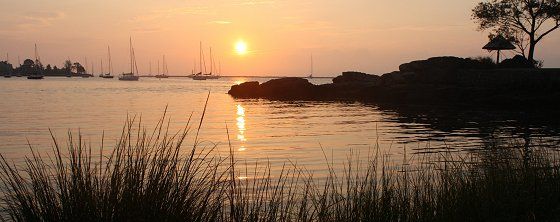
Its twin gazebos and Umbrella Point also provide a photogenic setting for capturing and preserving memories ranging from wedding portraits to snowy landscapes. Rumor has it that wedding portraits captured at Manor Park mean that the marriage will truly last till “death do us part.” The quiet fog on a still autumn morning, the pounding surf on a stormy day, and a refreshing sea breeze that eases summer’s inferno all add to the Park’s offerings. However, there is more.
Manor Park was once part of the Appalachian Mountains. That mountain range formed some 600 million years ago. Courtesy of the shifting tectonic plates, the Park lies at its present location. The result is that those who come to the Park can enjoy an outdoor exhibit of metamorphic rocks including gneiss, mica, shale, and quartzite.
Metamorphic rocks result from the transformation of original rocks (“prolith”) during a process called metamorphism (“change in form”). Intense heat and pressure result in physical and/or chemical changes. Although the impact of water—fresh and saltwater—also changes rocks, water-driven changes are not part of the metamorphic process.
A selection of photos from Manor Park is displayed below:
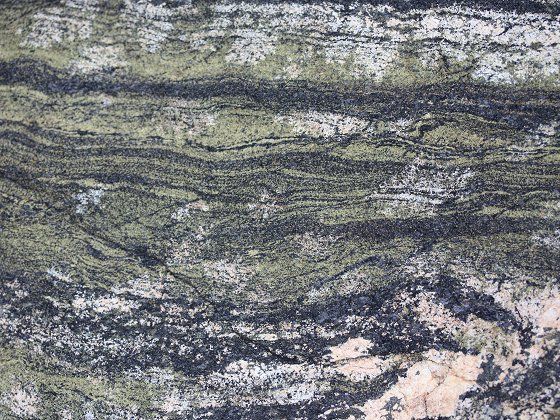
Gneiss
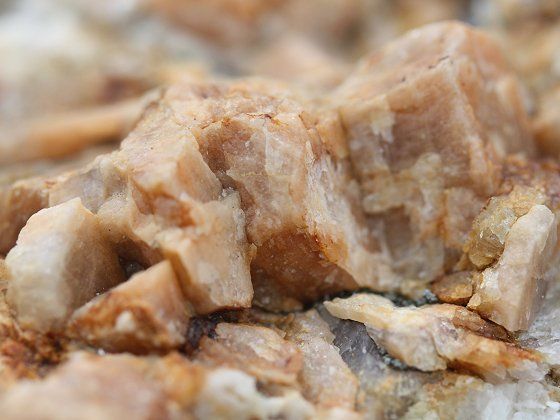
Quartzite

Quartzite
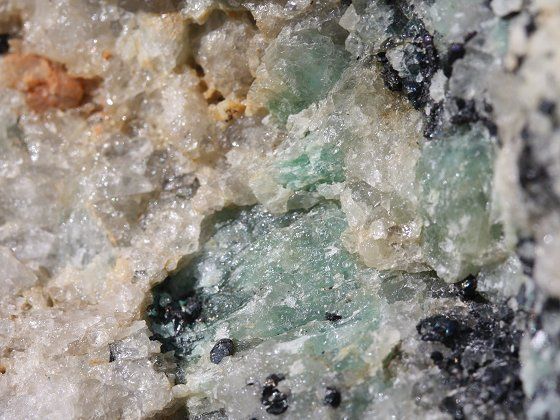
Quartzite

Quartzite and Mica:
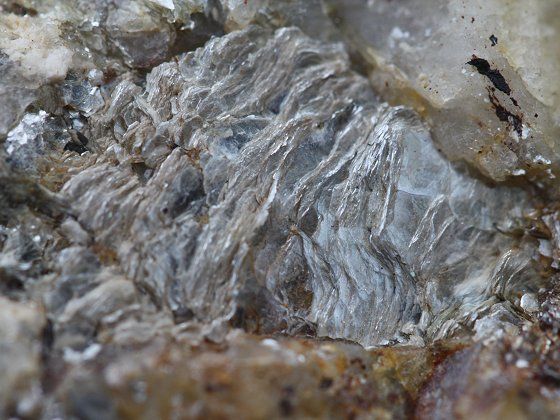
Mica
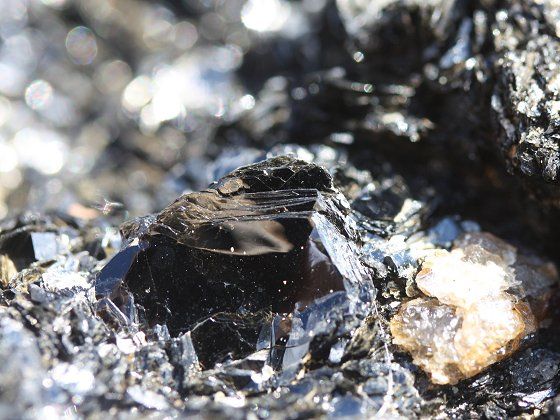
Mica

Mixed Rocks
15 comments
Esther said:
Pam J said:
What an amazing place.
Krisonteme said:
J.Garcia said:
Clive Kirby said:
Don Sutherland replied to Clive Kirby:
Coco said:
tiabunna said:
Nico Andries said:
David Michael said:
Dinesh said:
ColRam said:
Richard Nuttall said:
Gudrun said:
Melinda said:
I recently took a course on the geology of North Carolina at our college for seniors.--fascinating. Not only were your rocks once among the Appalachians, but the Apps were once part of the land mass that is now the British Isles! Right? Laurentia? Even after the excellent course, I find it hard to wrap my mind around these figures and facts. NC is a very confusing place, geologically. Many slips and uplifts make for lots of striation and exposed minerals.